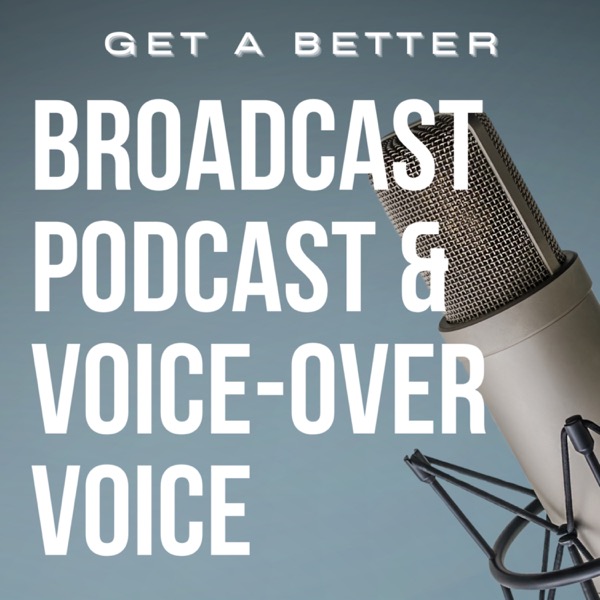0546 – Noise-Gates and Ducking
Get A Better Broadcast, Podcast and Voice-Over Voice - A podcast by Peter Stewart

2022.06.30 – 0546 – Noise-Gates and DuckingNoise gating controls the loudness at which a sound will be picked up or recorded. If it’s too low a level, it simply will not be allowed to pass through the ‘gate’, which stops background noise such as traffic sounds from being heard. It’s what’s used in Automatic Level Control systems that we looked at earlier. Ducking controls the volume of one sound compared to another, so say a your mic channel takes precedence over that of a guest or music. Ducking won’t eliminate the other sound but it allows the dominant source to better cut through. These settings in a radio studio may be set up for everyone, or there maybe a ‘keycard’ system which allows the system to recognise you and adapt the settings to your particular tone and timbre, that will have been set up in advance with the help of an engineer. It is unlikely that you will be given free reign of the panel to alter the settings yourself. In a recording booth the sound engineer will adjust levels live as you record and also in post-production as part of the overall mix of the audio – together with say a music bed, effects, or jingle. (The above adapted from: https://rode.com/en/about/news-info/how-to-get-the-best-audio-quality-out-of-your-podcast. More at: https://promixacademy.com/course/understanding-audio-essentials-eq-compression-delay-and-reverb/ @promixacademy ) Hosted on Acast. See acast.com/privacy for more information.
